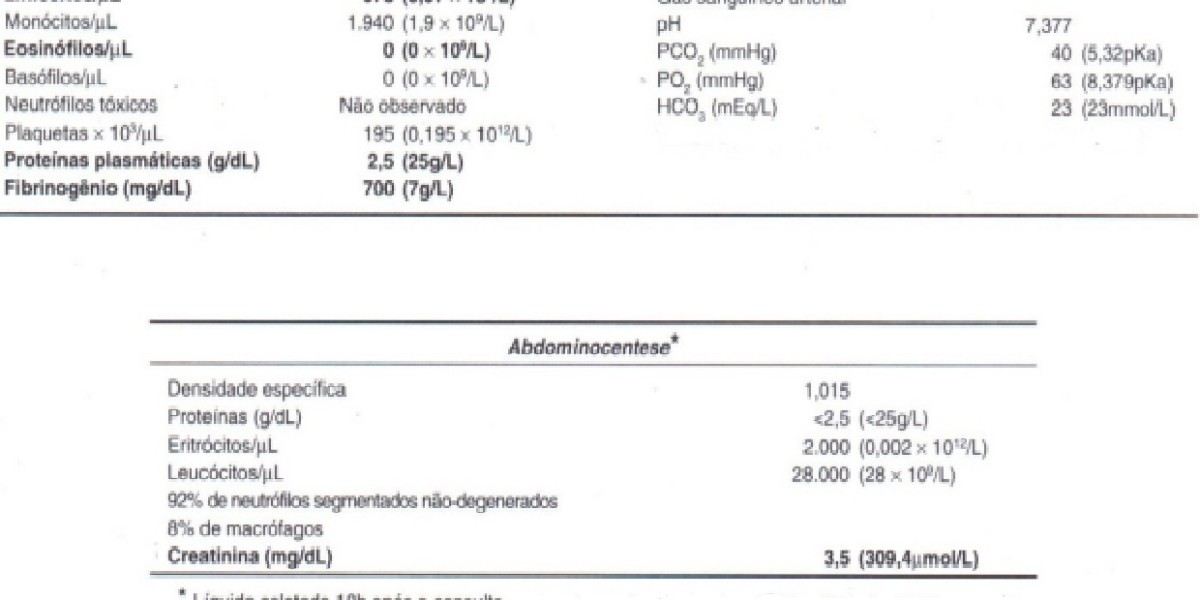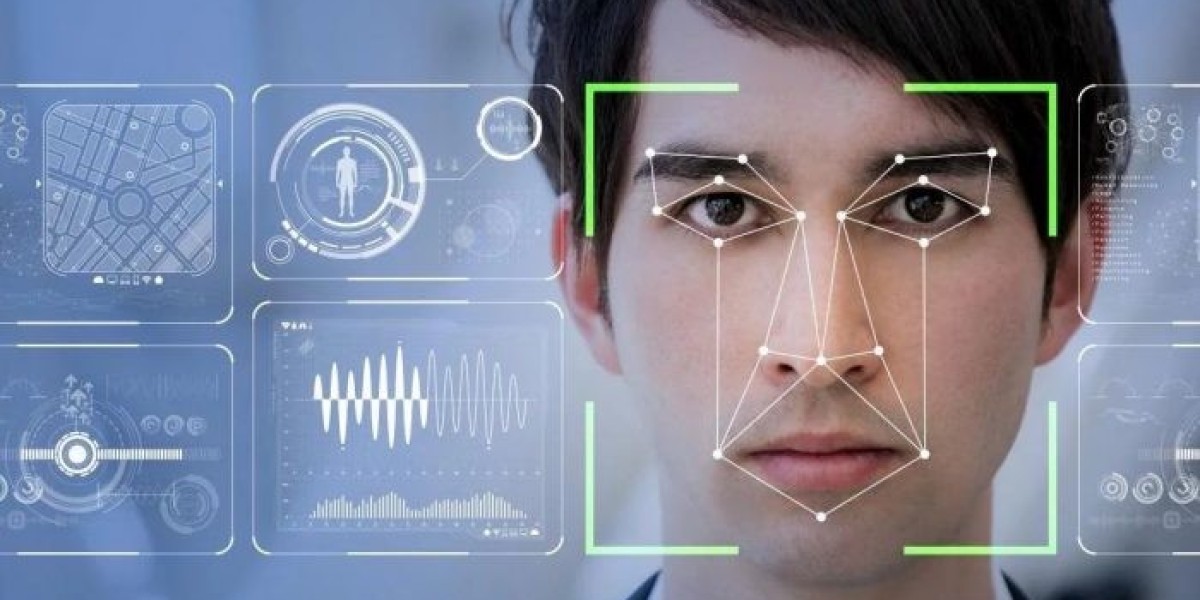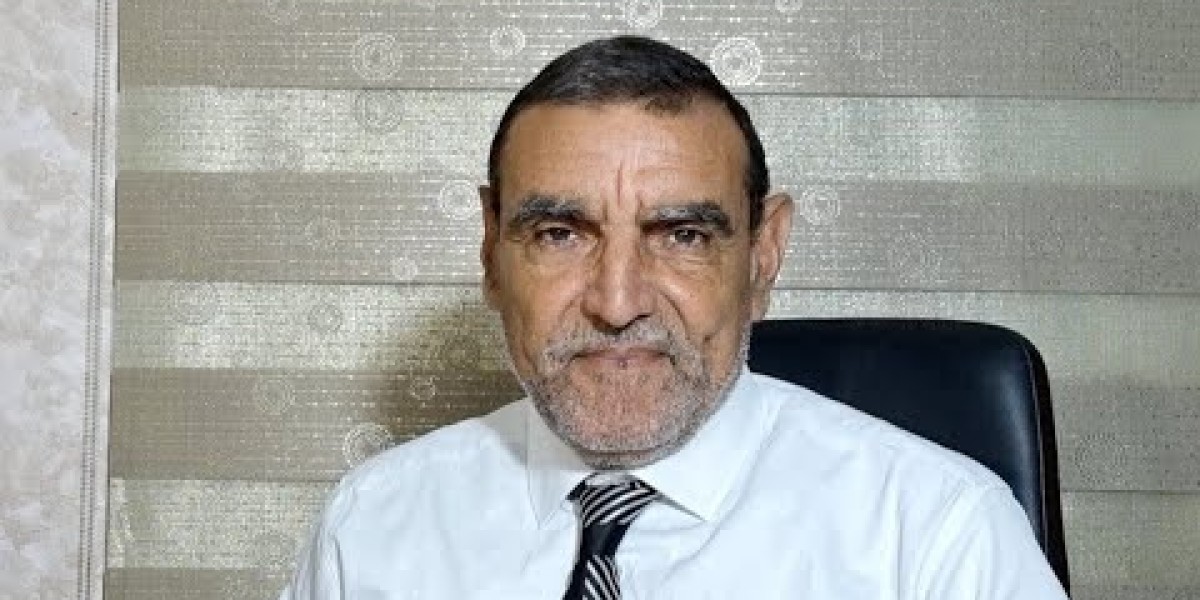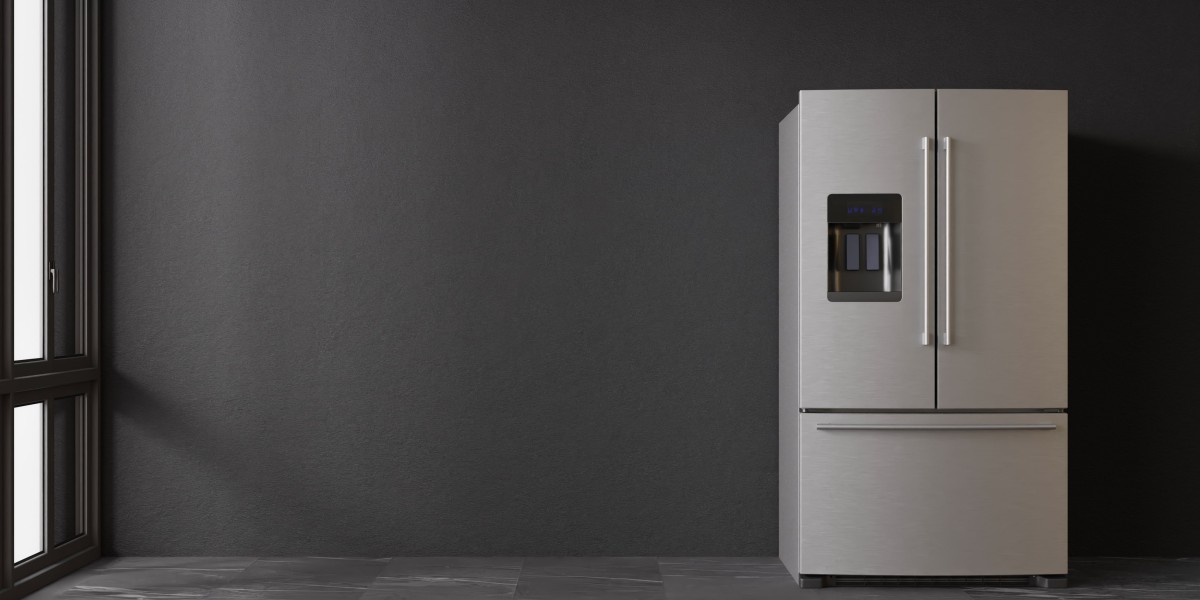 No hablamos sólo de un aliento en sentido figurado porque, de todos modos, con un fonendoscopio, normalmente es posible sentir un golpe…aproximadamente fuerte, entre los latidos del corazón. Piensa que el corazón es un aparato de bombeo de líquidos (sangre), si le metes presión a esta bomba la estás forzando, lo que influye de forma directa en su desempeño. Debemos acudir a un veterinario con experiencia en este tipo de trastornos y que cuente con el material necesario para realizar todas las pruebas pertinentes. Como vemos, pueden mostrarse afectados cachorros o animales de sobra edad, con distinta sintomatología, como detallaremos en el próximo apartado. Hay que señalar que siempre y en todo momento se debe tener en consideración que cada perro es diferente, Laboratorios veterinários sus necesidades no son iguales, su nosología es diferente y la vida que lleva a cabo asimismo es diferente. Por tanto, tu veterinario de seguridad será quién te indique de qué manera ha de ser su dieta adaptándola a pretensiones particulares.
No hablamos sólo de un aliento en sentido figurado porque, de todos modos, con un fonendoscopio, normalmente es posible sentir un golpe…aproximadamente fuerte, entre los latidos del corazón. Piensa que el corazón es un aparato de bombeo de líquidos (sangre), si le metes presión a esta bomba la estás forzando, lo que influye de forma directa en su desempeño. Debemos acudir a un veterinario con experiencia en este tipo de trastornos y que cuente con el material necesario para realizar todas las pruebas pertinentes. Como vemos, pueden mostrarse afectados cachorros o animales de sobra edad, con distinta sintomatología, como detallaremos en el próximo apartado. Hay que señalar que siempre y en todo momento se debe tener en consideración que cada perro es diferente, Laboratorios veterinários sus necesidades no son iguales, su nosología es diferente y la vida que lleva a cabo asimismo es diferente. Por tanto, tu veterinario de seguridad será quién te indique de qué manera ha de ser su dieta adaptándola a pretensiones particulares.Pruebas para el diagnóstico de cardiopatías en el perro
Radiology/Imaging
Left atrial enlargement causes elevation and typically compression of the left caudal stem bronchus and if severe the best also. On the VD, the enlarged left atrium spreads the mainstem bronchi, the "bowlegged cowboy" sign, and should lead to a double edge at the caudal border of the heart silhouette (6 o'clock). In severe enlargement, the left atrial appendage is seen as a bulge on the left lateral border of the center (3 o'clock) on the VD/DV radiograph. Displacement of the mainstem bronchi indicates enlargement of adjoining structures. Left atrial enlargement causes dorsal displacement of the left caudal lobar bronchus and quite than both bronchi being superimposed the bronchi are cut up on the lateral film. Severe enlargement will cause dorsal displacement of the right caudal lobar bronchus too. On the VD or DV film the caudal lobar bronchi are displaced laterally, resulting in a stirrup like look additionally described because the bowlegged cowboy.
Radiation Regulations
There are visible variations between the 2 positions, but not important sufficient to decide on one over the other. One exception to this rule happens with patients in respiratory misery. See Reporting Technique for Thoracic Abnormalities for a type you can use in your clinic to doc abnormalities and identify potential differentials. Pamelar Hale, DVM, MBA, and Ryan Hart let new graduates and job-seekers know what to anticipate when interviewing at a veterinary hospital on The Vet Blast Podcast. You can change your settings at any time, together with withdrawing your consent, through the use of the toggles on the Cookie Policy, or by clicking on the handle consent button on the bottom of the display.
Small Animal Abdominal Radiography
A fluid stuffed dilated esophagus does not usually have radiographically discrete margins and appears as an increased opacity within the caudodorsal thorax on the lateral movie. A VD or DV view confirms the increased opacity is on midline and prevents confusion with pulmonary pathology. Sharpei breeds may have a redundant esophagus at the thoracic inlet that can be seen with out medical signs and thereby the clinical significance of this finding just isn't known. On lateral views, the sternum ought to align with the thoracic vertebrae, and each left and proper rib head should be superimposed over the other. Sometimes for lateral radiographic views, a triangular sponge positioning device is required to lift the sternum away from the table to get the sternum and backbone at a similar peak earlier than taking the radiograph. Peak inspiration means that the cupola of the diaphragm is drawn caudal to the cardiac silhouette and the caudodorsal lung margins attain to the level of T12 to T13 in dogs and T13 to L1 in cats. An expiratory radiograph will negatively have an result on interpretation in 2 main ways.
En animales increíblemente obesos o que tienen muy poca grasa corporal, puede ser más difícil distinguir los distintos órganos internos.Los huesos de la columna vertebral y las extremidades se someten a radiografías de manera rutinaria y muchas anomalías óseas se pueden detectar de manera fácil.
Megaesophagus is often accompanied by aspiration pneumonia that is sometimes best-evaluated using right and left lateral radiographs. Careful inspection of the lung parenchyma over the cardiac silhouette is required to visualise the presence of parenchymal abnormalities. However, animals with severe pulmonary disease and dyspnea could exhibit esophageal dilation because of aerophagia, so the presence of esophageal illness can only be precisely assessed when the dyspnea has resolved. In patients with cardiogenic pulmonary edema, elevated venous hydrostatic strain will result in retention of interstitial fluid (unstructured interstitial pulmonary pattern). The pleural space exists between every lung lobe at the interlobar fissure as nicely as across the lung lobes themselves. The pleural house reflects again on itself at the mediastinum.1,2 These fissures are not seen on normal thoracic radiographs except instantly tangential to the x-ray beam.








